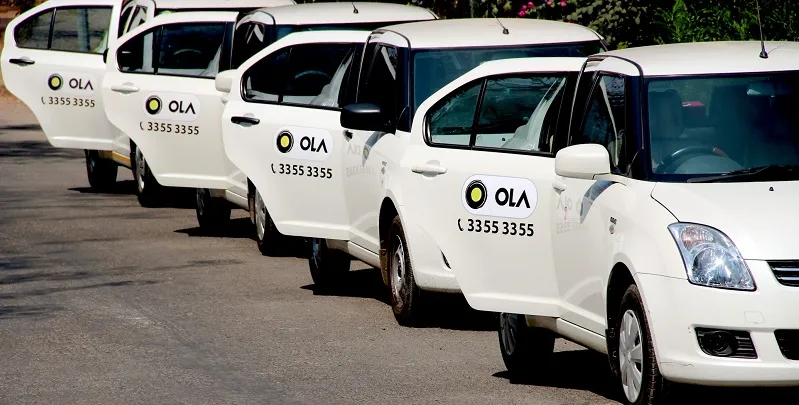Autorickshaws to car-pooling, how cab aggregation fared last year
The year 2017 was interesting for cab-aggregators – while Uber faced flak on the global front, along with local competitor Ola, it also faced regulatory issues and driver tussles.
Since their big bang entry in the India economic scape in 2012, there hasn't been a single moment of peace for cab aggregators. What, however, makes it interesting is that this year, finally, consumers have started taking cabs as part of their everyday commute.
Sanjay Nath, Managing Partner, Blume Ventures, which became a shareholder in Ola after the latter acquired Taxiforsure, had earlier told YourStory,
“India is growing, and the consumer is changing as well. The sharing economy, already entrenched in the consumer's mind, will only grow. This is especially true in fast growing emerging markets like India, China, and Southeast Asia. That said, it’s not a one size fits all, and each region will have its own set of winners.”

1. Increasing Consumer NPS
A RedSeer report attests this shift. The report states that while the cab industry has grown by 40-45 percent year-on-year, over 2017, both Ola and Uber have been able to improve the consumer net promoter score (NPS) – which measures customer satisfaction - significantly. The report said:
This can be attributed to the better-trained drivers, improved app experience, and enhanced offerings from cab aggregators. While the NPS in September 2016 was at 19 percent, a year later, it stood at 29 percent.
2. Online ride-sharing has gone beyond cabs - auto has grown 3.5x
Another factor that validated the shift in consumer behaviour is that consumers choose to book rides online, even when there was a dearth in the availability of cabs.
“While the online autorickshaw market has historically operated in stops and starts, the crippling driver strikes at the beginning of 2017 provided the right tipping point for this nascent category to evolve.”
While in July-September 2016, auto rides accounted for three percent of the total number of rides booked, the same quarter a year later saw auto rides at 10 percent of the total number of rides. And absolute numbers have more than tripled. In the September quarter of 2016, around 5.5 million auto rides were taken, while a year later, 18.5 million auto rides were taken.
What aided the growth in auto rides were the many offers and the discounted prices.
3. An increased effort to promote car-pooling
Online car-pooling grew 22 percent in July-September, as compared with the same quarter in 2016. RedSeer stated this growth was primarily driven by the heavy discounts offered.
The main reason for this push is that car-pooling helps improve driver ride efficiency - There are more rides per trip, and helps to reduce the need for more drivers on platforms.
The backlash
Though the customer behaviour and mindset saw a shift, strikes by drivers and the negative press around it saw a slump in growth. The RedSeer report states the online cab industry suffered a growth slowdown. It said:
“Online cabs industry suffers a growth slowdown for the first time: After recording an unprecedented 250 percent year-on-year growth in CY16, the industry came to a shuddering halt in the first quarter of CY17, and recorded a quarter-on-quater fall in rides of close to five percent.”
Fall in supply caused by striking drivers
In the first quarter of the year, the incentive structure saw a shift, and frustrated drivers took to the streets. The resulting supply crunch turned out to be a major blow for the industry, highlighting the growth-versus-profitability conundrum that the online cab industry faces today.
Today, players are focusing on reducing incentives, but instead expanding financial assistance programmes to help drivers buy cabs. The programme improves driver satisfaction, and frees up precious cash to deploy for customer acquisition and product innovation.
Though the strikes had a limited effect, with total rides dropping only by four percent, what it caused was the entry of a new union-backed cab aggregator – Namma TYGR – which capitalised on driver dissatisfaction.
The industry may very well be entering a new era of intense competition and supply challenges. The next few months will determine the seriousness of the threats to the future of the industry, from both the supply and competitive perspective.











